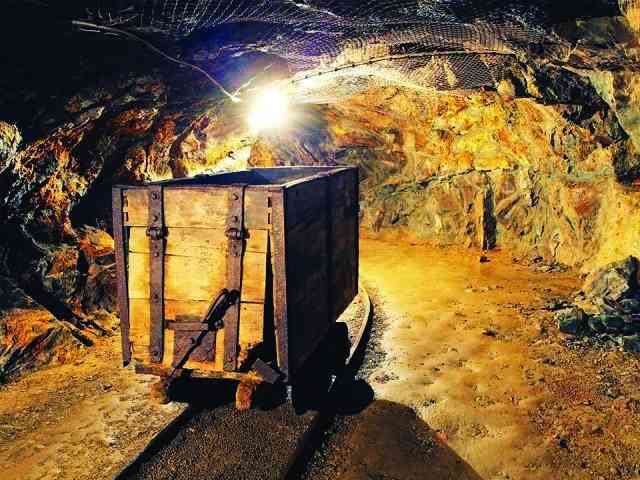
ONE of Zimbabwe’s oldest gold mines, Turk Mine, plans to expand its solar plant by an additional 1,5 megawatts (MW), bringing its total capacity to 5,9MW to optimise operations, businessdigest has learnt.
Located about 55km from Bulawayo in Matabeleland North Province's Bubi District, Turk Mine currently operates a 4,4MW solar plant that services the mine's operations, surrounding towns, schools, a hospital, and approximately 400 households.
In an interview with businessdigest, Turk Mine project engineer Wilson Mujuru revealed that the company was exploring expansion plans and power storage solutions to further enhance operations.
“We are planning to expand,” Mujuru said.
“Our solar plant showcases the potential for renewable energy in Zimbabwe. We are exploring expansion plans and opportunities for energy storage solutions to further optimise our operations,” he said.
“There is another area that has been cleared, that is where we are going to grow. We need to do an additional 1,5 MW which we will share the generated power outside the space we are covering right now.”
The 4,4MW solar plant is on a 3,6-hectare piece of land with 8 064 solar panels, 36 inverters and four transformers.
The solar panels, Mujuru said, had a 25-year lifespan.
- Turk Mine doubles down on solar power
Keep Reading
Mujuru said the initial project was an investment of US$2,1 million with the mine evaluating the cost of adding the 1,5MW.
“Right now, the current 4,4 MW we are generating is benefitting this community, the Bubi district. We are yet to evaluate the costs, but we are looking to do this project in the first quarter of next year and as soon as we are done with the maintenance that we are doing here right now,” he said.
“Our plant’s setup and materials kept costs relatively low at US$2,1 million, compared to similar plants costing US$20 million. Construction and set up was done in a relatively short time and I think it took only three months.”
He said the company decided to implement a low-cost construction process that only took three months.
“This is because we decided to go for a cost-saving method that did not require us to use concrete, cement, or any other equipment. We decided to use these 12kg (kilogramme) bricks to keep these panels from being blown away by strong winds.
“We used four bricks (per panel) to make it 48kg, keeping the panels stable on the ground,” Mujuru said.
He added that the project saw the employment of 80 workers from the surrounding community during the peak construction works.
“As a mine, we did not incur costs for this plant. An investor came through and we recouped benefits through energy sales at US$0,89 per unit. We expect to break even within 10 years and enjoy the profit for the remaining decade.”











